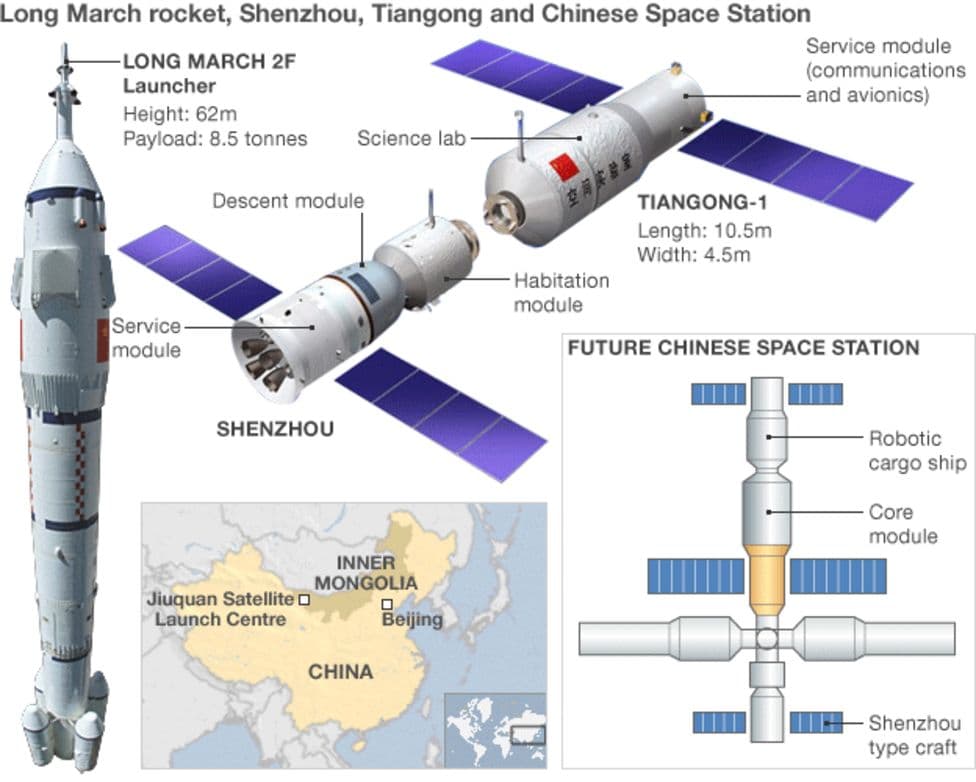China Sends Unmanned Shenzhou 22 to Tiangong to Restore Operations
China announced on November 24 that it will launch the unmanned Shenzhou 22 spacecraft on November 25 to dock with the Tiangong space station, a move described as restoring normal station operations. The mission follows the early return of Shenzhou 21 after another vessel sustained damage, and highlights Beijing’s continued investment in keeping its orbital research platform functional.

China is set to launch the unmanned Shenzhou 22 spacecraft to the Tiangong space station today, November 25, following an announcement by Chinese authorities on November 24. The mission is intended to replace Shenzhou 21, which returned to Earth earlier than planned after another vessel sustained damage, and to reestablish routine operations aboard the modular orbital complex.
Officials framed the launch as a restoration of normal activity at Tiangong, which hosts scientific experiments, life science research, and technology demonstrations that Beijing views as central to its broader space ambitions. The decision to send an unmanned replacement underscores the priority placed on maintaining continuous access to low Earth orbit despite recent problems with docking and modules that have disrupted scheduled missions.
The Shenzhou spacecraft family has served both crewed and cargo roles in China’s human spaceflight program, and an unmanned flight such as Shenzhou 22 can perform automated docking, cargo transfer, and system checks without exposing astronauts to risk. In this case the mission will be watched closely by engineers and analysts for its ability to complete docking maneuvers and to verify the integrity of Tiangong’s docking ports and modules after reported damage to another vessel affected station operations.
China’s announcement comes as the country seeks to demonstrate resilience and technical sovereignty in space. Over the past decade Beijing has accelerated investment in both human and robotic spaceflight, building an independent orbital platform at a time when Chinese spacecraft are barred from the International Space Station program. Keeping Tiangong operational allows China to pursue research that ranges from materials science to biology and to validate technologies for longer duration missions.
Operational continuity is important not only for national prestige but also for the science underway. Experiments aboard the station often rely on uninterrupted power, thermal control, and precise orbital positioning. A delayed mission or prolonged outage can compromise samples, interrupt long term studies, and complicate logistics for future crewed missions. The Shenzhou 22 flight is therefore both a technical recovery effort and a test of how quickly the program can return to schedule after an unexpected event.
International observers will be watching telemetry and post docking reports to gauge the health of Tiangong and China's ability to manage setbacks in orbit. For Beijing the outcome will affect plans for future missions, including crew rotations and the scheduling of scientific payloads. For the broader space community, the mission offers another data point on how national programs are balancing ambitious exploration agendas with the operational realities of maintaining a permanent presence in low Earth orbit.


